Covid-19 has taught us some great lessons. One of such lessons I am presenting here is how Nepal’s hospitals have been moving towards the digitization of the patient information system to effectively manage Covid-19 patients. Digital initiative taken by Patan Hospital, a teaching hospital of Patan Academy of Health Science (PAHS) located in Lalitpur district of Kathmandu valley, is an example.
Patan Hospital is one of the largest hospitals in Nepal. It uses modern equipment and facilities to provide treatment for almost 320,000 outpatients and 20,000 inpatients every year. The hospital performs more than 10,000 surgeries annually. Patan Hospital is one of the designated hospitals to treat Covid-19 patients as well. To manage the surge of the patients, the hospital started the Incident Command System that made Covid-19 response efficient, safe and effective.
Dr Piyush Rajbhandari, Assistant Professor of Department of Microbiology and Infectious Disease at Patan Academy of Health Sciences (PAHS), is also a chair of Infection Control Committee. He is involved in incident command system and contributing to the digitization of patient information at Patan Hospital. According to Dr Piyush, the incident command system’s major function is to improve hospital’s emergency management planning, response, and recovery capabilities during emergencies such as Covid-19. Incident command system was activated to support Covid-19 response after the pandemic hit the country.
Managing Covid-19 patients was not easy due to the contagious nature of the disease. Although Patan Hospital was able to give an impression as a good hospital in terms of handling Covid patients during the first wave, the hospital had some limitations. For example, providing care, specifically managing patient flow, providing information to the hospitalized patients and their attendants and maintaining communication among the health workers were the major challenges. “We had to relay information of critical patients to the colleagues and bring out related files and lab parameters to the patient party. Safety parameters created challenges to us while doing so,” says Dr Piyush. “Similarly, counselling to non-critical Covid patients was also difficult. Learning the lesson from the first wave, we corrected our way by embedding components during the second wave which were not prioritized during the first wave.”
According to him, they started focusing on digitization of the existing system incorporating additional components in the system such as lab parameters and radiology parameters. While treating the patients during the second wave, the doctors were able to access real time data of patients in their devices. This helped in several ways. Communication flow among the workforce was strengthened and health workers were able to access patients and recommend treatment measures without looking up in a paper chart. This increased the efficiency of the health workforce and also minimized the risk of getting contracted.
“Use of appropriate devices is an important aspect of digitization. For example, laptops were not handy and mobile phones were too small to read information from. So we started using tablets which we felt very effective to get updated with real time data related to patients. We have improved by 10 fold during the second wave in terms of the digitization in comparison to the digital platform in the first wave,” Dr Piyush added.
The Incident Command System which Patan Hospital started made Covid-19 response efficient, safe and effective.
This system consisted mainly of preparedness and response cycle so as to incorporate the mitigation and recovery of Covid-19.
Dr Ashish Shrestha, Assistant Professor at PAHS, is another member of Incident Command System. He says they will upscale this initiative in future for regular patients as well. According to him, patients’ data are secured as the data can be accessed within the hospital network only and parameters to access the data including credentials are strong and information about access to data are captured in the system to monitor any possible misuse of the data.
“Upscaling digitization in other hospitals will help them make Covid-19 response more efficient, safe and effective,” says Dr Shrestha. “Covid-19 has taught us the importance of patient information digitization. We will upscale digitization in the future.”
(The opinions expressed do not represent the views of the organization. This article has been published on NepalLiveToday: https://www.nepallivetoday.com/2021/08/16/vaccination-for-all-where-does-nepal-stand/)
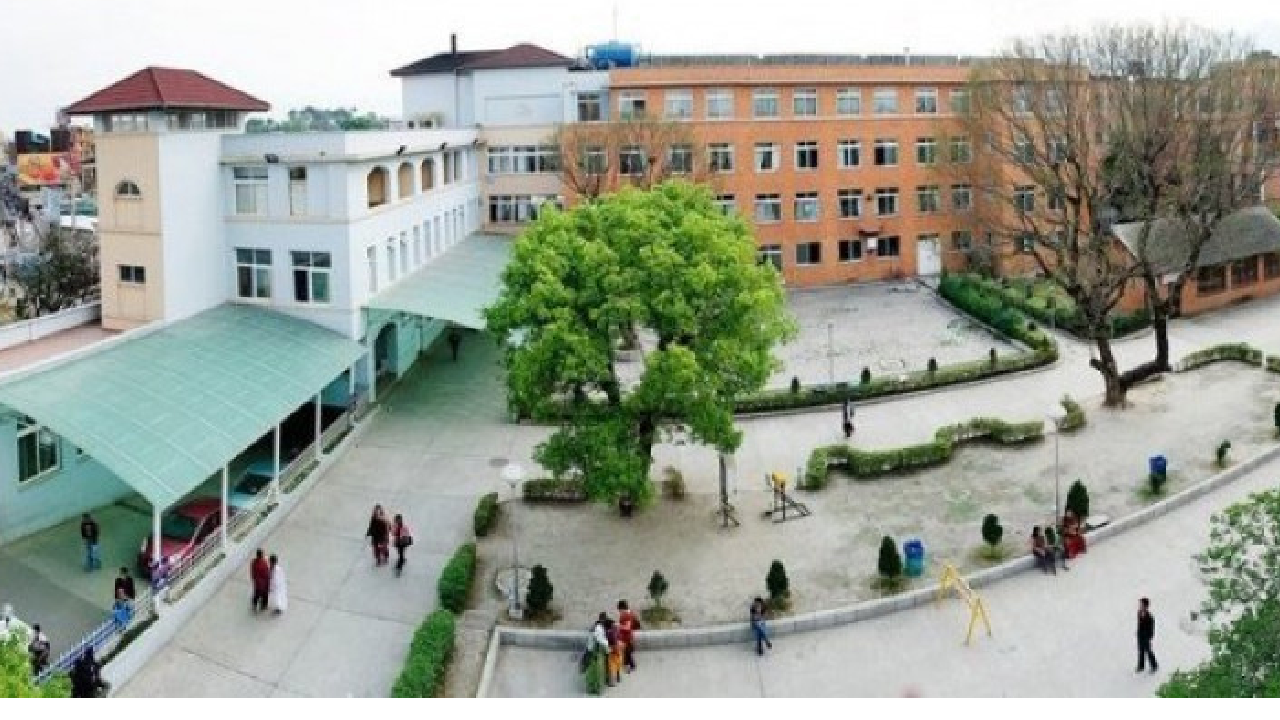


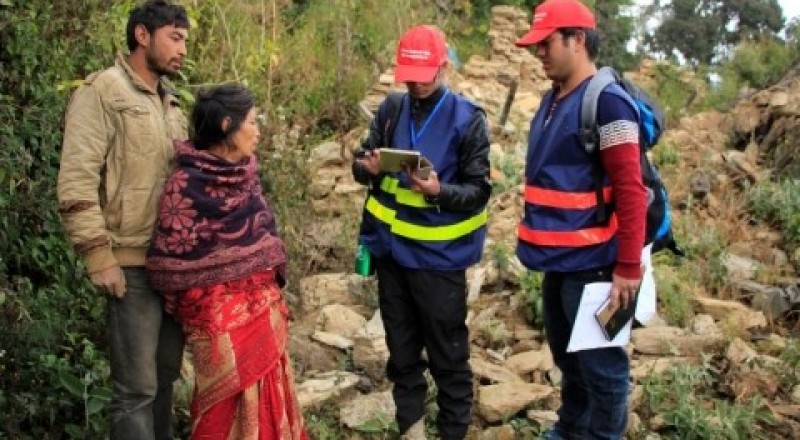

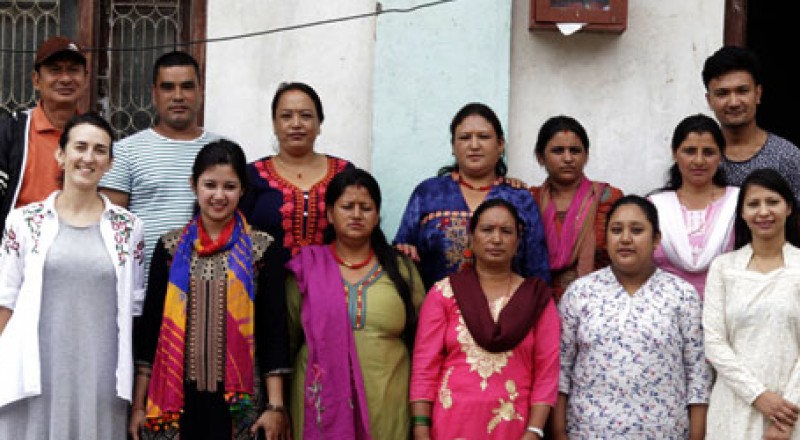
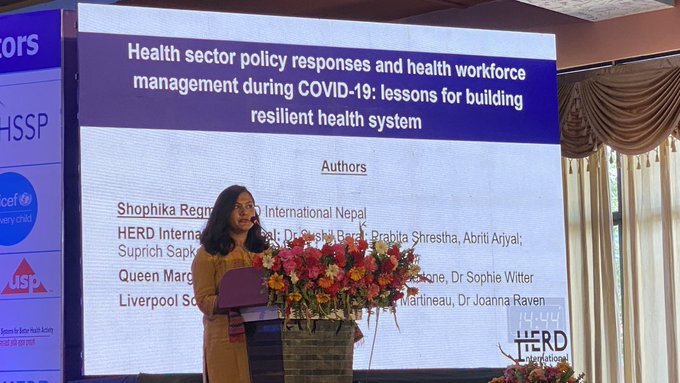
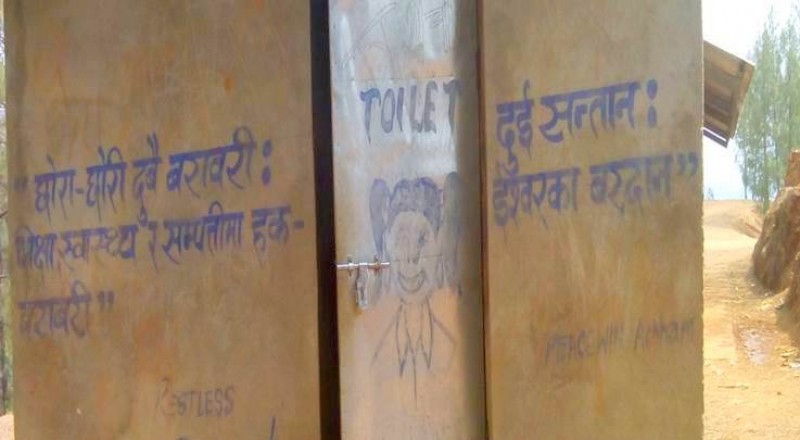
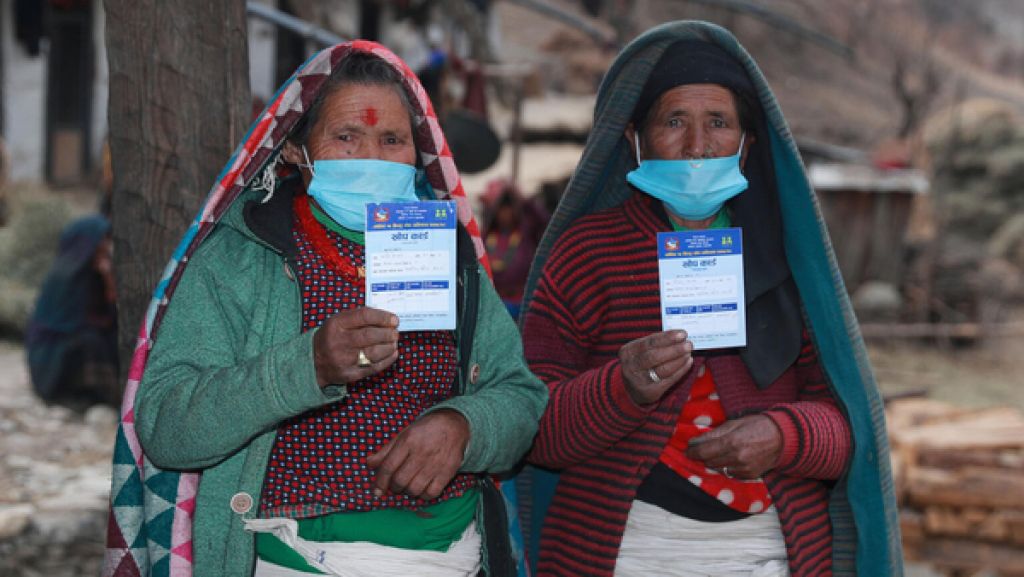

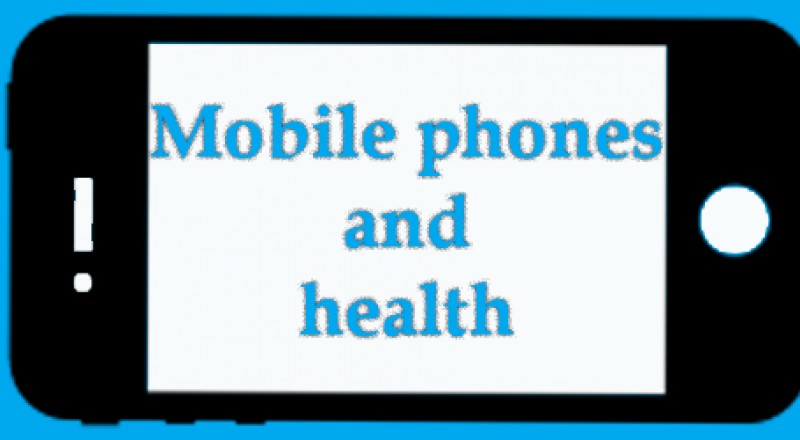
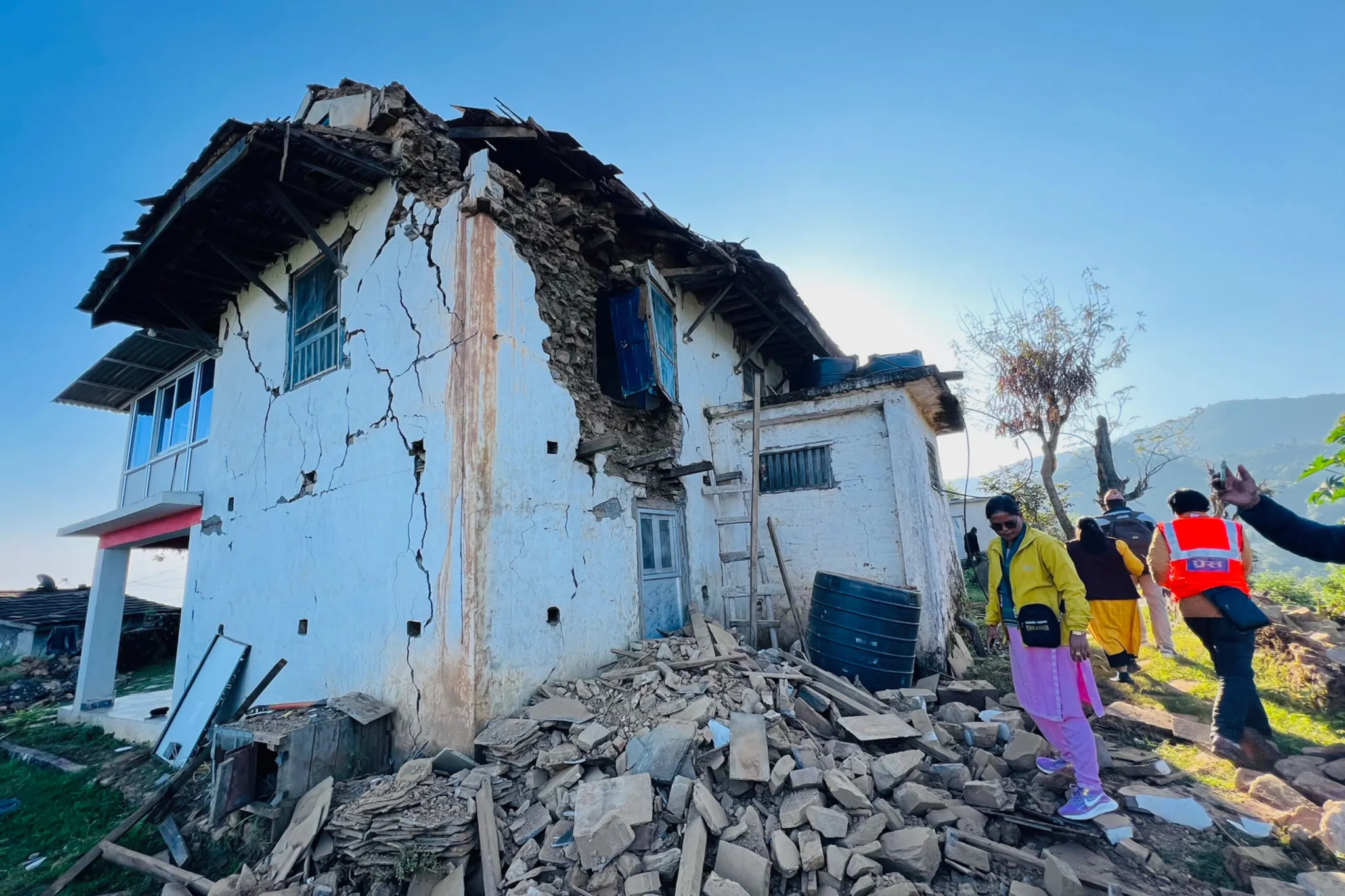
Comments (0)
No comments found.